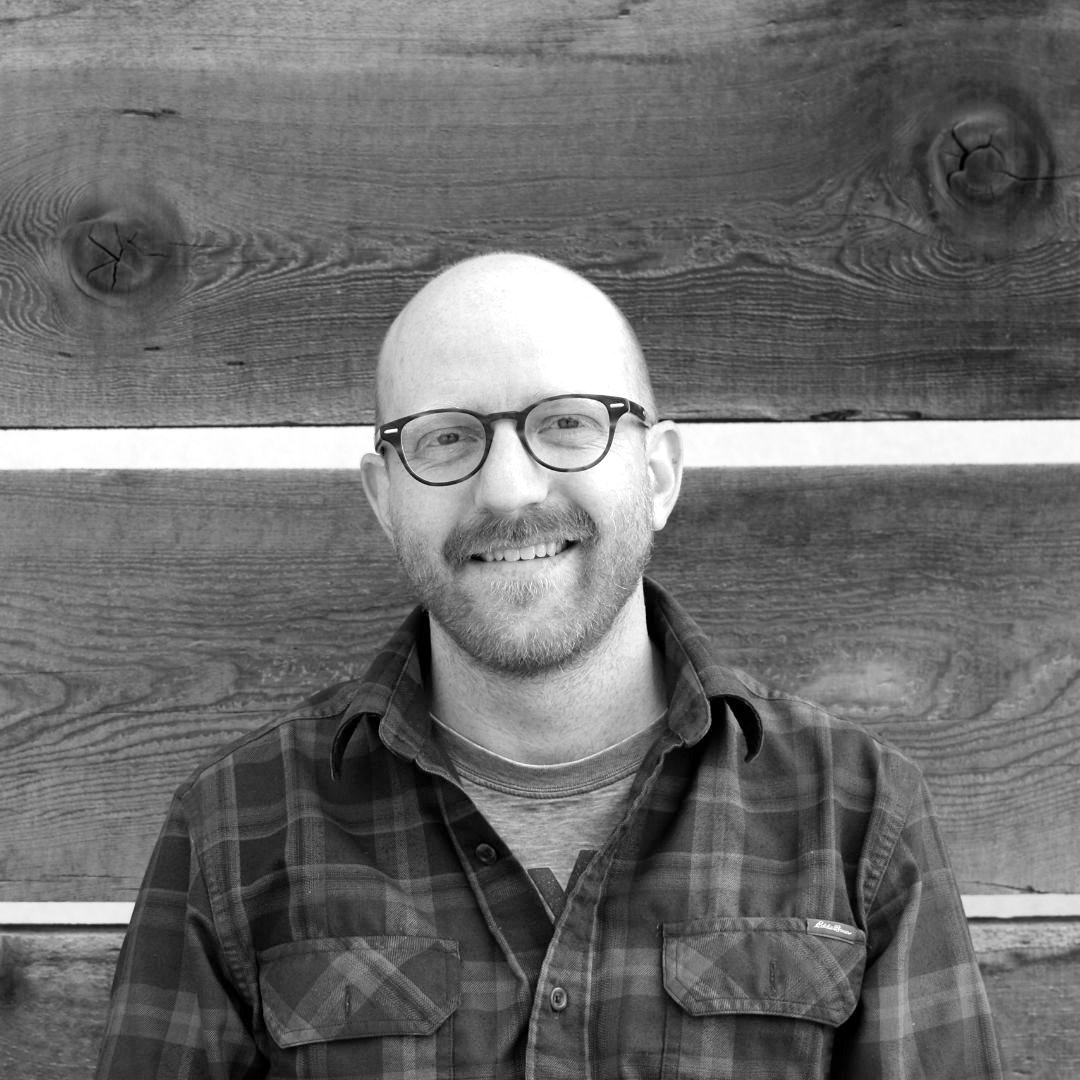Q&A Steven Booher, AIA Partner / Principal Architect
Q&A with Steven Booher
What inspired you to pursue a career in architecture?
Booher: I’ve always found myself trying to figure out and understand how things work and go together. At the same time, I have an artistic side that enjoys creating new things. Architecture is the perfect blend of these two realms where I can be creative and solve complex problems every day.
What has been your most memorable project to date and why?
Booher: It’s hard to name a single project. For me, the most memorable projects are those that positively impact people’s lives – and that can come in many forms like a classroom, an affordable apartment, a room to make art, get inspired or meet a need, a space to sit and enjoy a view, get cozy and read a book, or a place to meet for a beer.
How would you describe your design philosophy?
Booher: I aim to create clarity when designing. For me this means that a design should make intuitive sense, feel like it belongs in a specific place and for it’s intended use. There is so much complexity in designing and constructing a building – so the goal is for the final building to look and feel timeless - like it’s the only way it could have been made.
Which architectural styles or movements have influenced your work the most?
Booher: Modernism and Regionalism are probably the most influential styles to me – although they can often be at odds with each other. I like the honesty, simplicity, and clarity of modernism along with the local-ness, place-ness and uniqueness associated with regionalism. Some architects that have been most influential to me are Mies van der Rohe, Luis Sullivan, Paul Hayden Kirk, Alvar Aalto, Fay Jones, Renzo Piano, Glenn Murcutt, and Peter Zumthor.
Can you share some insights into your creative process when starting a new project?
Booher: Starting the design of a new project is one of the most difficult parts of being an architect. It begins with defining the project’s criteria as well as its guardrails, or limits. These can include the location, specific site, climate, codes & regulations, budgets, and, of course, what the client has asked for. From there, it’s a lot of sketching, thinking, and getting every idea (many of them are bad!) out until something is found that satisfies all of those criteria. And finally, it’s refining and testing those ideas that are good to eventually come to a solution that satisfies all the objective criteria – but also bring something extra, unique, or unexpected to the table.
What do you enjoy most about working at Syndicate Smith?
Booher: The people. I most enjoy getting to come to work every day and spend time with genuinely good, kind, thoughtful, and creative people. Every job has those moments of frustration, monotony, and difficulty – but having a great group of people make it really easy to work through those moments and keep coming back every morning.
What advice would you give to aspiring architects looking to advance in their careers?
Booher: Be curious and work to understand how things work. Of course this applies to buildings and design, but also to how the world operates, how decisions are made, how people think, and how we experience places and spaces.
What are some of your hobbies or interests outside of architecture?
Booher: I enjoy spending time with my wife and three year old son – going on small adventures and getting to re-discover the world through his eyes. In my free time, I enjoy playing chess, watching soccer, woodworking, and getting out on a mountain bike ride.
Who has been a mentor or significant influence in your professional life?
Booher: Ron Bateman, my previous boss who was kind, patient, encouraging, and wise. He helped me get through that difficult stage of transition from college into the professional working world. If I could sum him up, it would be to re-state one of his favorite lines: “We’re just trying to do a little good in the world.”
What are some of your goals for the future of Syndicate Smith?
Booher: My hope is that we can continue creating beautiful homes and spaces for people while also growing into areas we’ve enjoyed in the past but haven’t had chances to work on a ton – like wineries, breweries, and housing types that can serve a different segment of our community.

